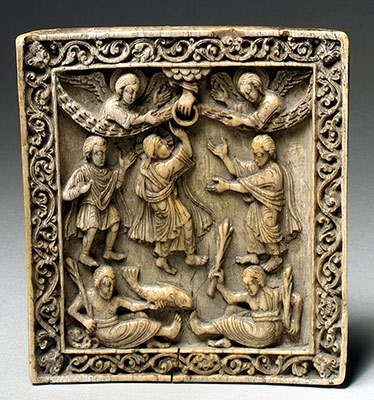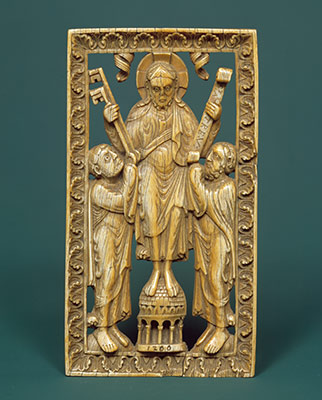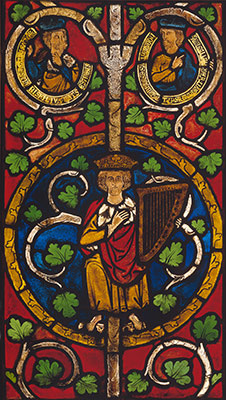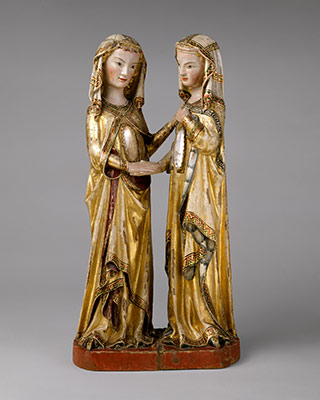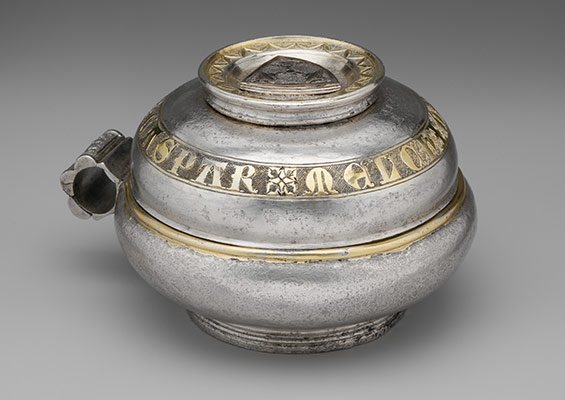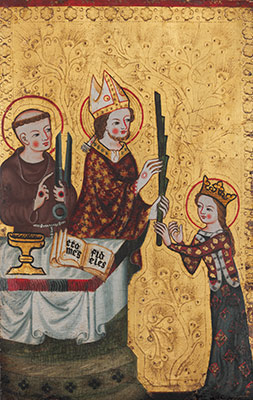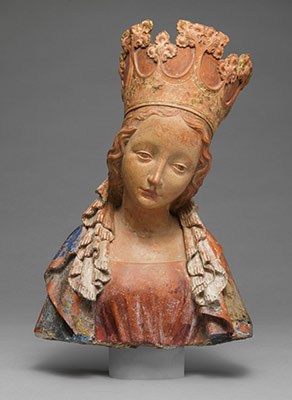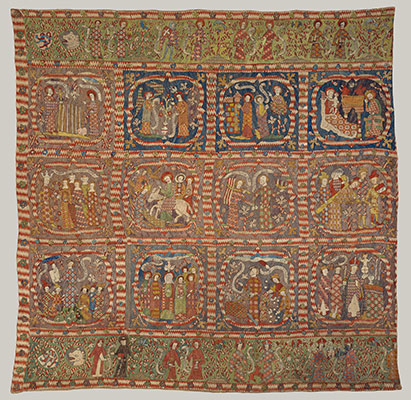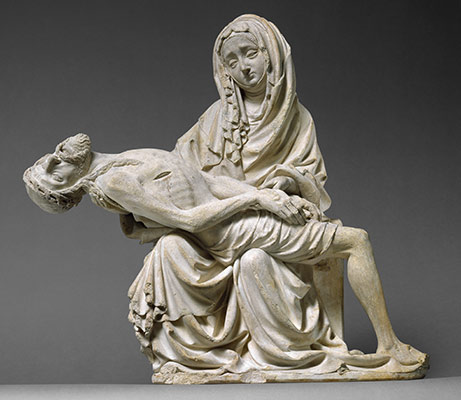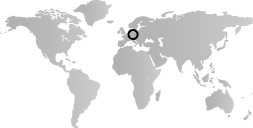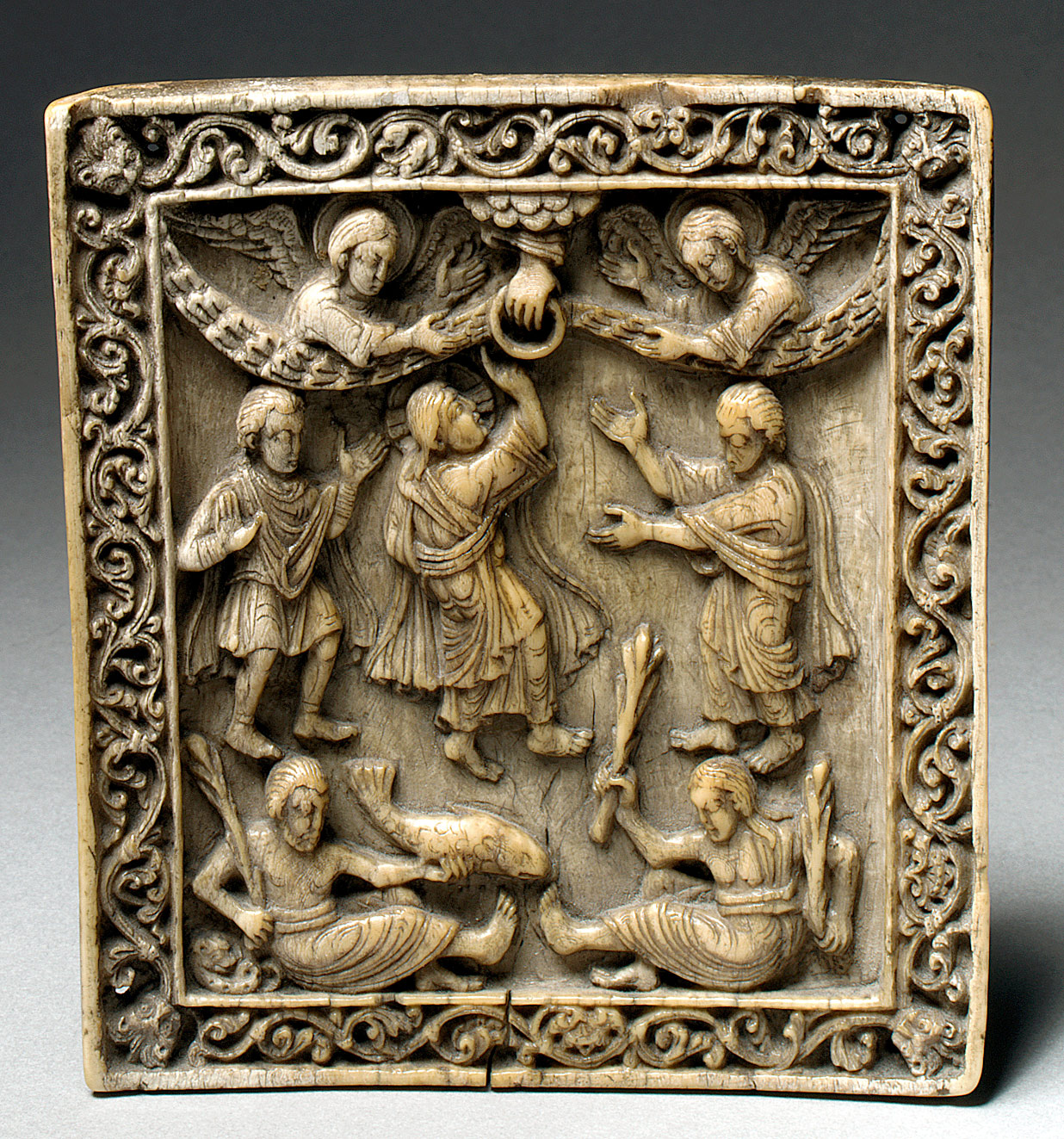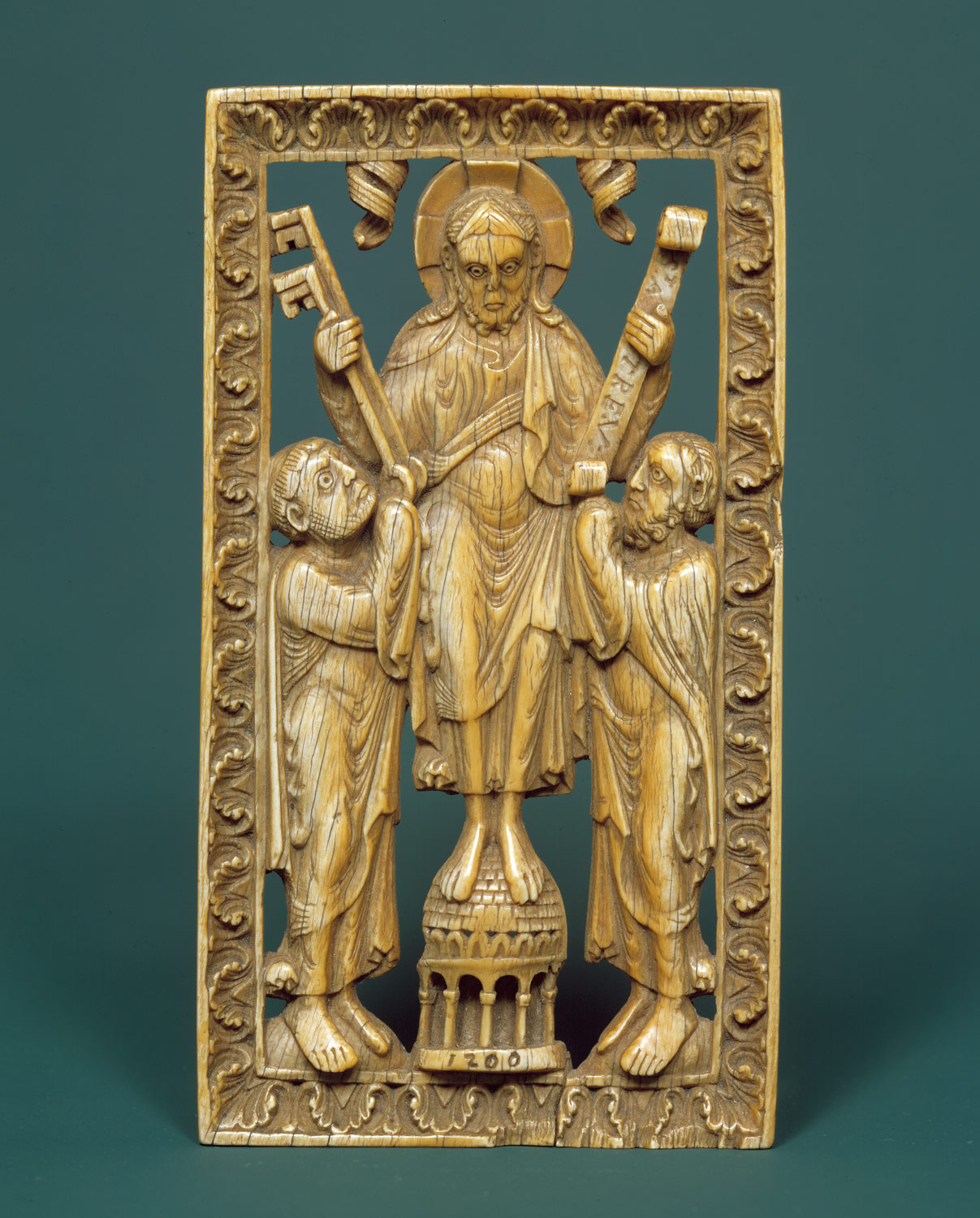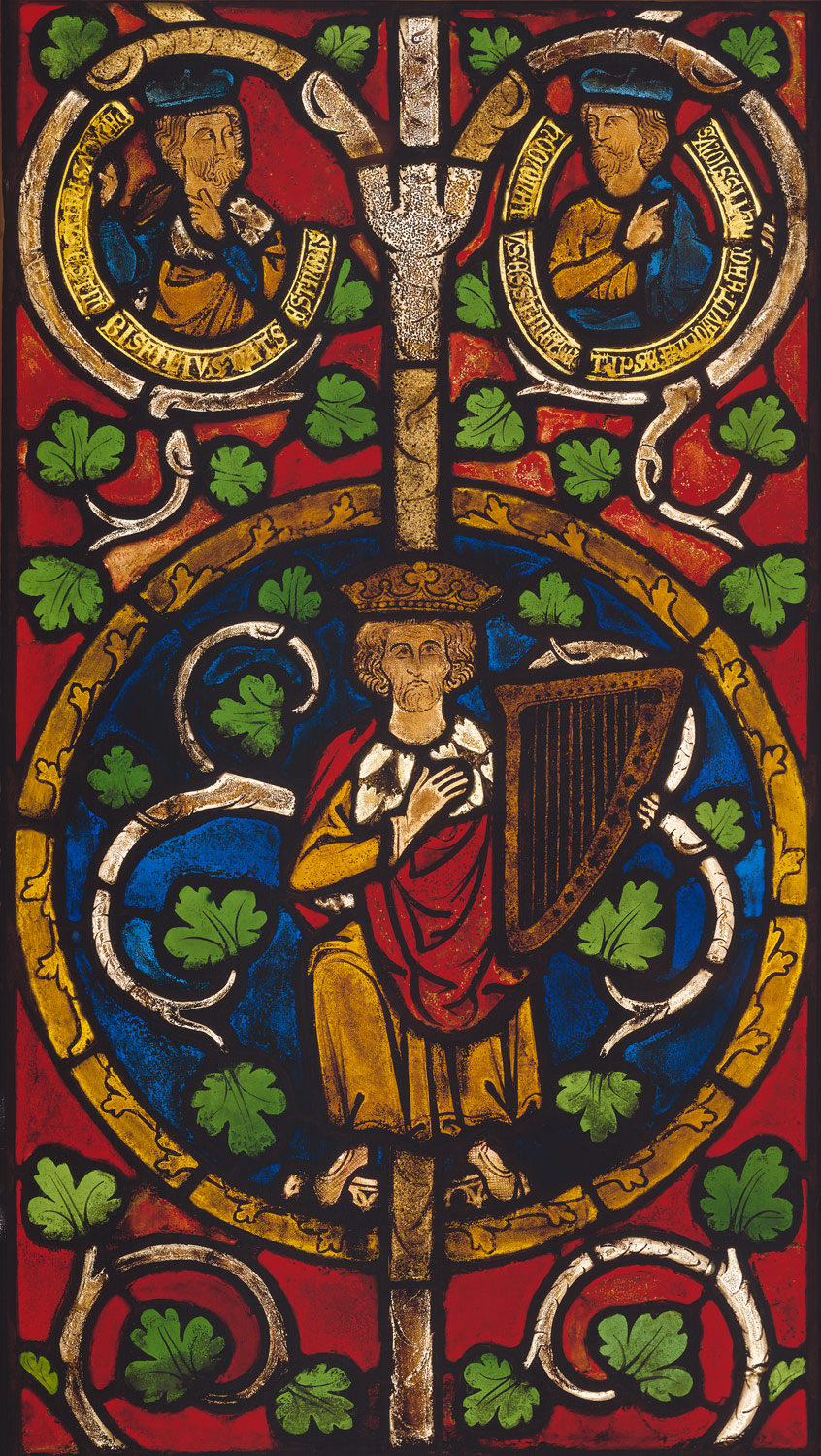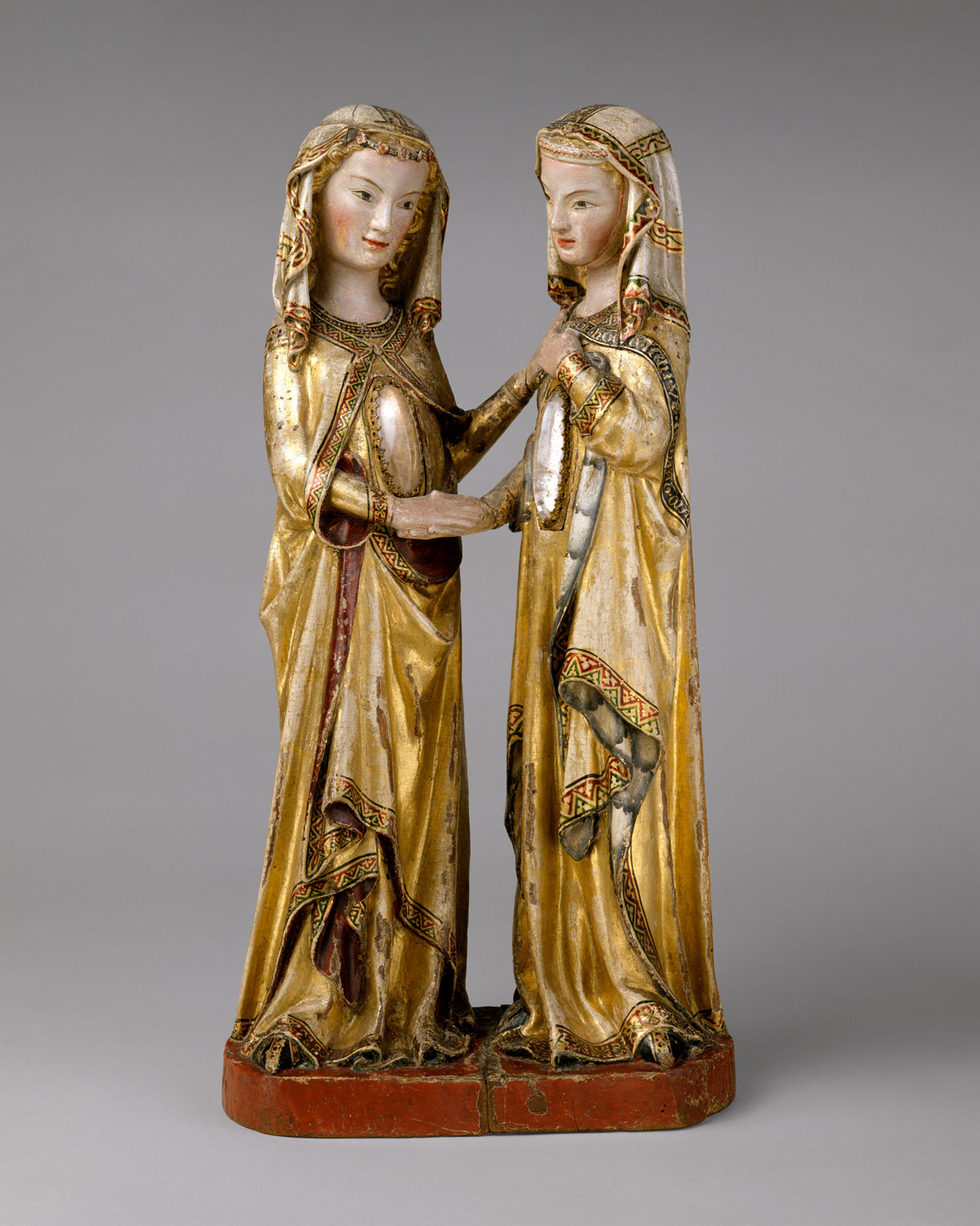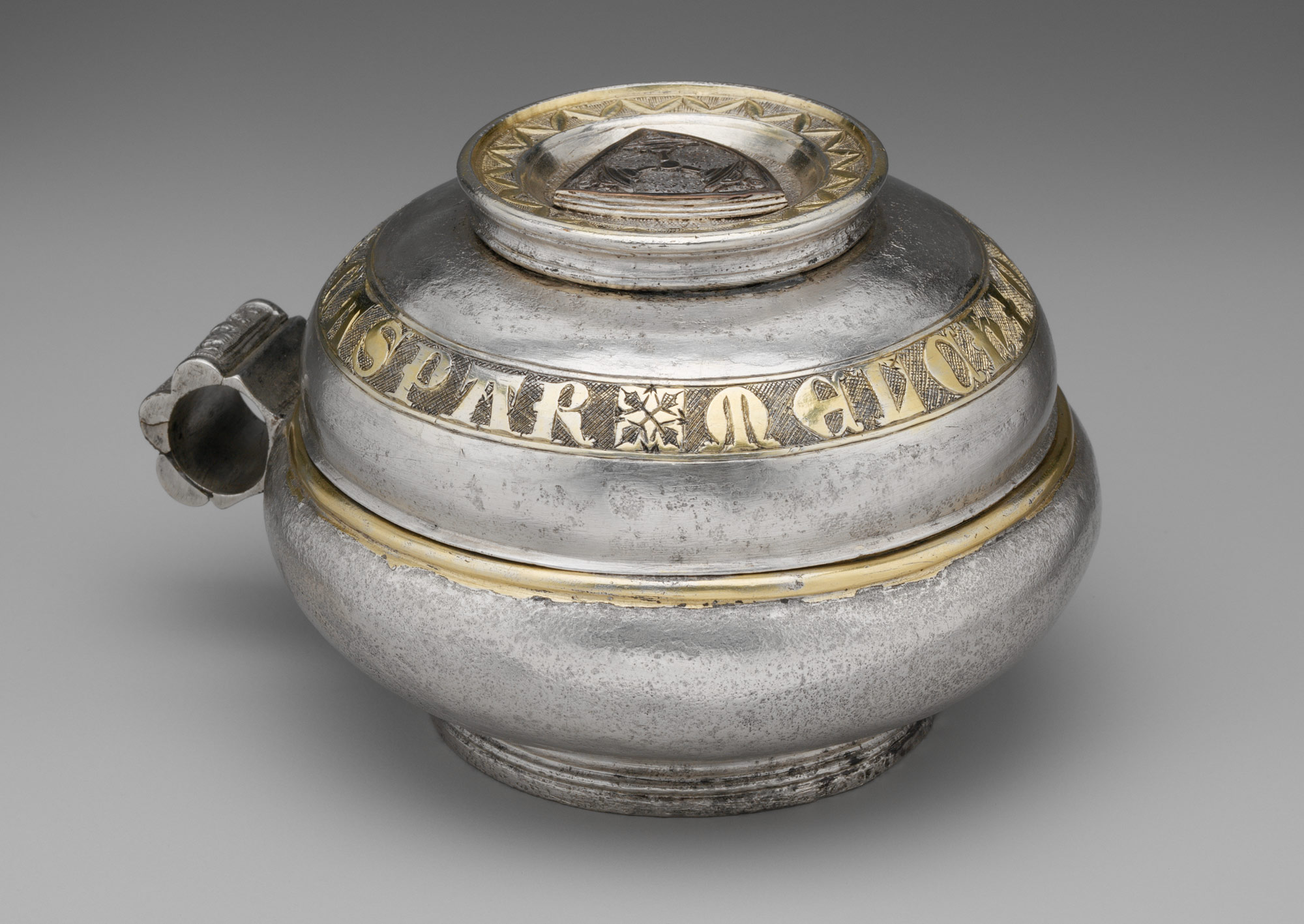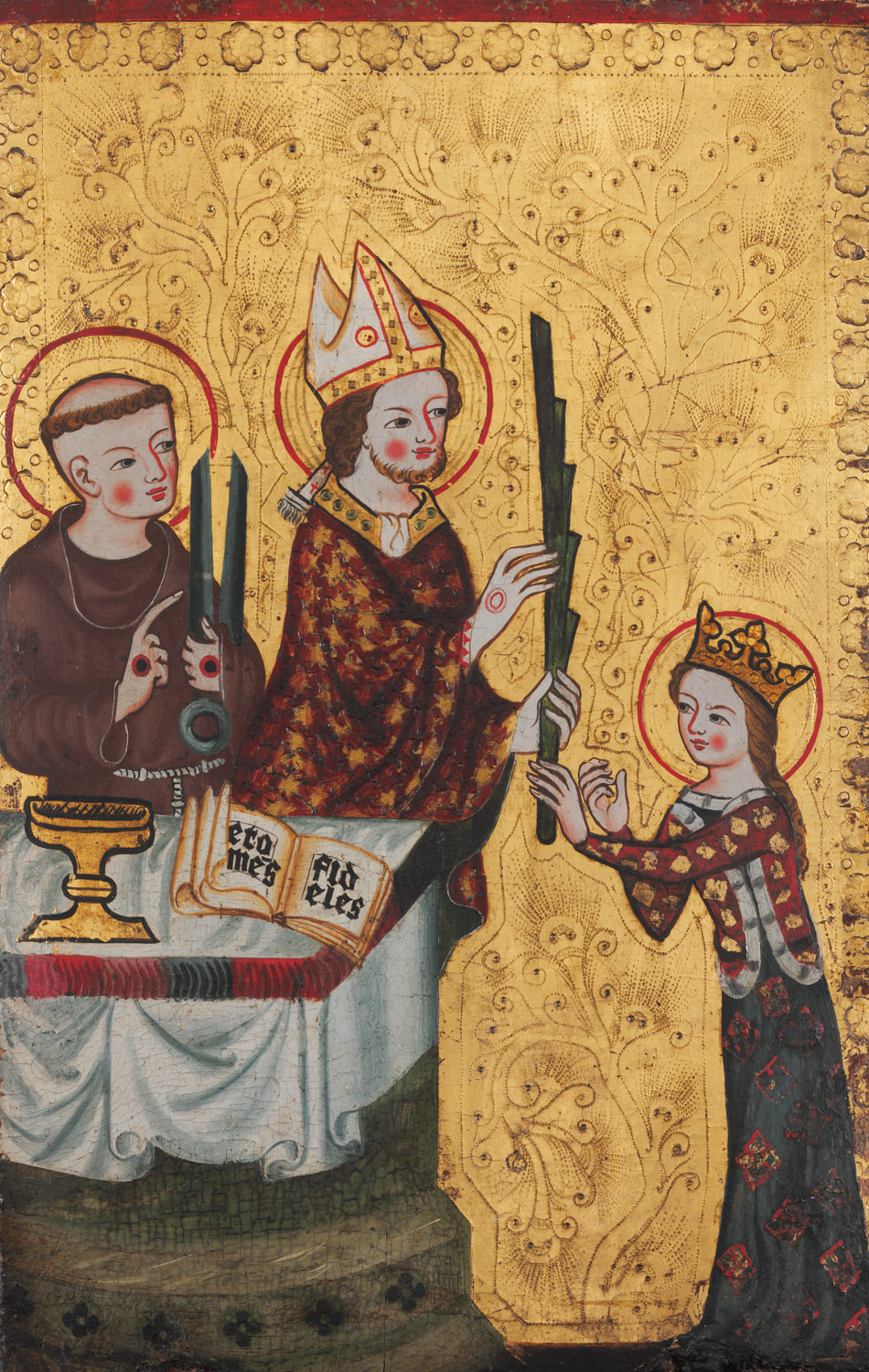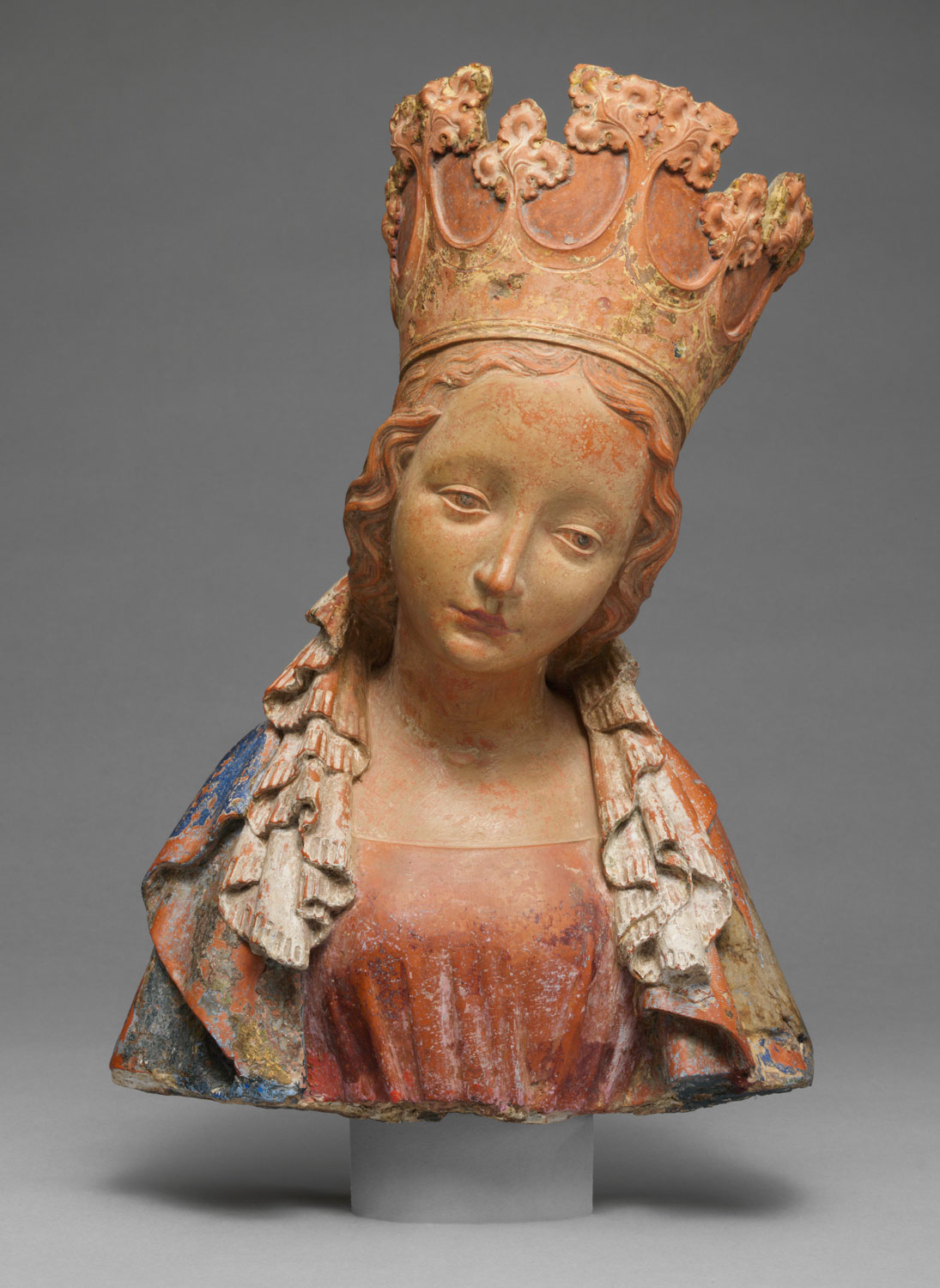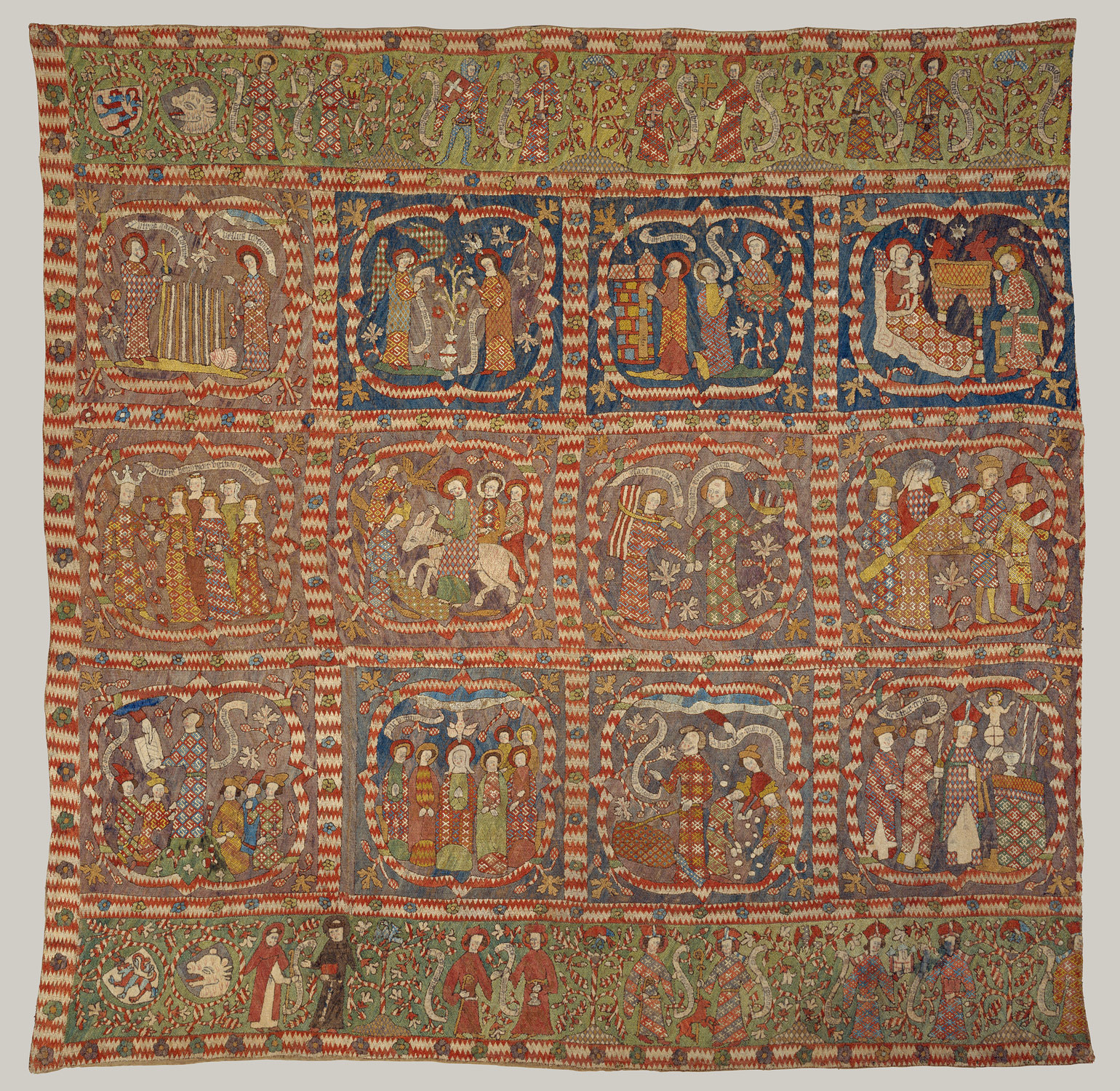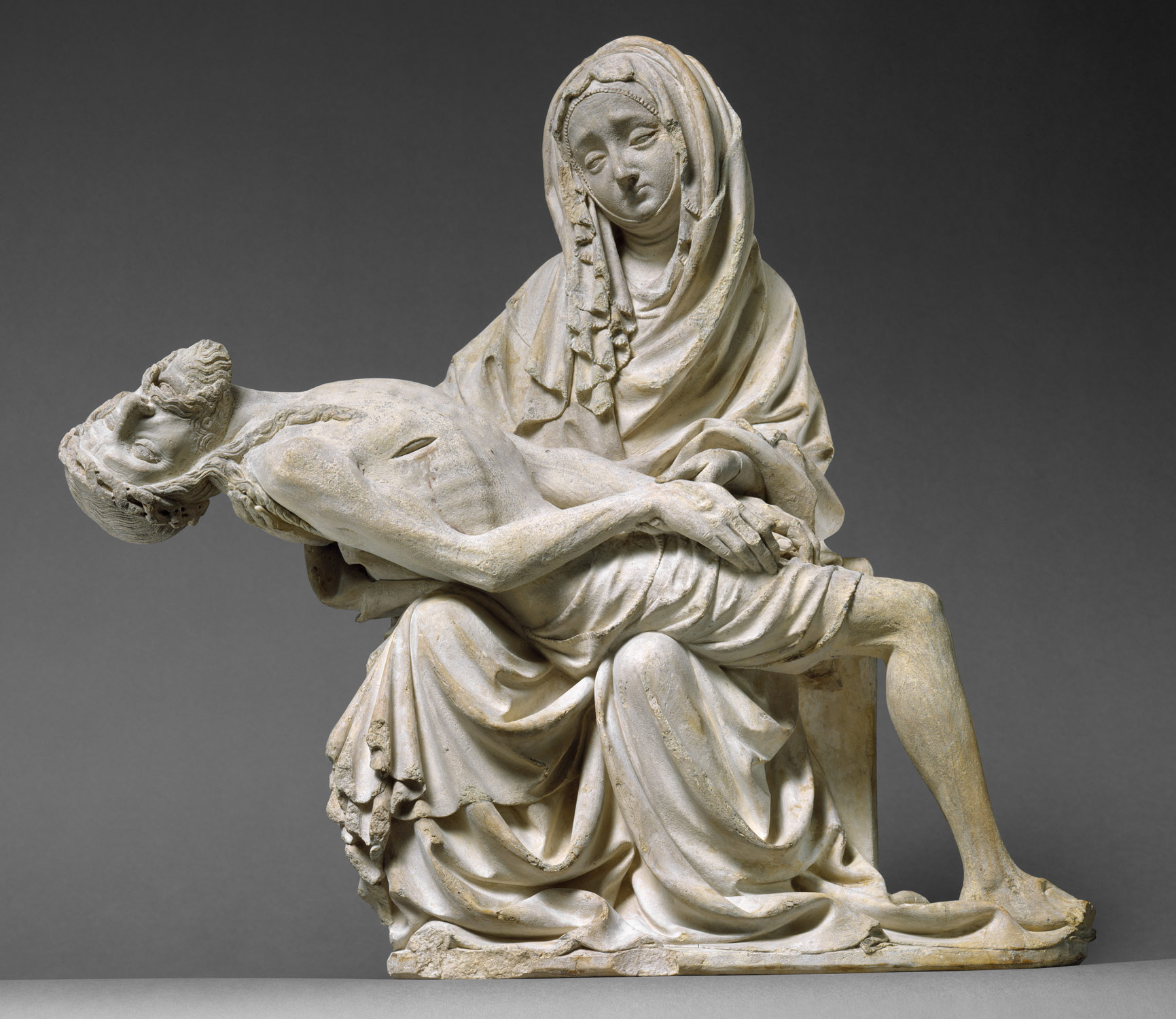The eleventh and twelfth centuries witness the growth of a strong government in central Europe. The Holy Roman Empire, as the union of Germany and the northern Italian principalities under a German emperor came to be known, temporarily asserts its authority even over the Church, and both are energetic patrons of the arts. By the thirteenth century, imperial power begins to decline, while the autonomy of principalities, prince-bishoprics, and cities increases. The emperor and the pope, as the leading patrons of the arts in the High Middle Ages, are emulated by lesser rulers and city governments.
Central Europe (including Germany), 1000–1400 A.D.
Timeline
1000 A.D.
1100 A.D.
1100 A.D.
1200 A.D.
1200 A.D.
1300 A.D.
1300 A.D.
1400 A.D.
Overview
Key Events
-
1006
Henry II, the last Ottonian emperor, adds Basel to the Holy Roman Empire and in the following year founds the bishopric of Bamberg. The emperor elevates both dioceses to positions of prominence, finances the construction of their cathedrals, and endows them richly. The most important testimony of Henry’s munificence is the Golden Altar Frontal (Musée National du Moyen-Age, Paris) that he donated to Basel Cathedral on its consecration in 1019.
-
1015
Bishop Bernward of Hildesheim, famous teacher and confidant of Emperor Otto III, commissions a pair of doors for his abbey church of Saint Michael (now exhibited in the cathedral). The doors are the most ambitious, still-extant works cast in bronze since antiquity, and they are remarkable for the expressiveness of their sixteen biblical scenes.
-
1076
Pope Gregory VII excommunicates Emperor Henry IV, who insists on maintaining his right to name bishops and other church officials. The following year, Henry IV goes to Italy and stands barefoot in the snow at Canossa until the pope pardons him. Henry returns from Italy with renewed confidence and remodels the imperial church at Speyer, founded in 1030 by Emperor Conrad II; the wide nave, alternating bays, and groin-vaulted ceiling represent a development of the Romanesque style then flourishing in southern France. The dispute over control of the church continues, however, and strains relations between the papacy and the empire for generations.
-
after 1080
The bronze effigy of King Rudolf of Swabia in Merseburg Cathedral (Saxony-Anhalt) is the earliest example of a recumbent, lifesize funerary figure (known as a gisant, from the French for “to lie”), a model that will be followed for centuries throughout Europe. Like later examples, the deceased is depicted with the insignia of his office: in this case, the crown, scepter, and orb.
-
1152
Frederick I, nicknamed Barbarossa (Red-Beard), is elected emperor. A brave soldier and energetic ruler, he strengthens and unifies the empire. Frederick is remembered less as a patron of the arts than as a heroic leader, much loved in his own time. He travels widely, frequently on military campaigns, and, like other notable figures of the twelfth century, seems to espouse both national ambitions and a European breadth of vision. In 1189, he leads a German army in the Third Crusade, a war nominally undertaken to secure the passage of Christian pilgrims to holy places in Palestine. Frederick reaches Asia Minor before drowning in 1190.
-
ca. 1200
Nicholas of Verdun, who executes commissions near Vienna (Klosterneuburg Altarpiece), as well as on both sides of the Rhine, makes an imposing reliquary shrine of the Three Kings for Cologne Cathedral. Sometimes called the most important piece of medieval metalwork, the shrine is shaped like a basilica and made of gilded bronze and silver, richly decorated with enamel, cameos, and semiprecious stones. Despite their small size, the figures of the New Testament on the front and back, as well as the seated apostles and prophets on the sides, have a monumental presence and assume a variety of elegant poses. Revealing a knowledge of classical sculpture, Nicholas’s style resounds throughout central Europe and influences generations of artists.
-
1233
Construction begins at the Church of Saint Elizabeth in Marburg, which is completed in 1283. This is one of the earliest hall churches (Hallenkirchen), a typically central European structure in which the lateral aisles are of the same height as the central nave. Remarkable for the spaciousness of their interior, hall churches originally are designed to accommodate the large crowds attracted by the preaching of mendicant orders, such as the Franciscans and the Dominicans. The design is later adopted for other, nonecclesiastical buildings, including courtly assembly rooms and synagogues. Together with Strasbourg and Cologne cathedrals, the Church of Saint Elizabeth is among the earliest adoptions of French Gothic architecture in Germany, most evident in the nearly complete opening of the walls for glazing and the systematic vertical pull of the elevation.
-
1356
Emperor Charles IV issues the Golden Bull, a constitution that sums up the evolution of electoral procedures in the Holy Roman Empire. From then until the dissolution of the empire in 1806, the election of German rulers remains firmly in the hands of seven electoral princes. Each emperor rules from his chosen capital and fosters its local traditions, as does Charles IV (king of Bohemia, 1346; emperor, 1355–78). Brought up at the French court, he makes Prague a center of learning and culture, founding its university in 1348, and attracting scholars and artists from France, Italy, and the German lands. The sculptor and architect Peter Parler (d. 1399), the most distinguished of them, oversees the construction of much of Saint Vitus Cathedral, introducing a new system of net-vaulting and achieving an unparalleled interior spatial unity.
-
14th century
New currents in spirituality encourage a direct, emotional participation in the biblical stories. Devotional literature, such as the Imitation of Christ, exhorts readers to picture themselves participating in events from the New Testament. This finds visual expression in small-scale images of subjects such as the Virgin with the Dead Christ, the Man of Sorrows, or a scene from the Passion. Often referred to by the German Andachtsbilder, these images for private devotion invite close and prolonged viewing and help the devout ponder the suffering of Christ and the Virgin.
Citation
“Central Europe (including Germany), 1000–1400 A.D.” In Heilbrunn Timeline of Art History. New York: The Metropolitan Museum of Art, 2000–. http://www.metmuseum.org/toah/ht/?period=07®ion=euwc (October 2001)
